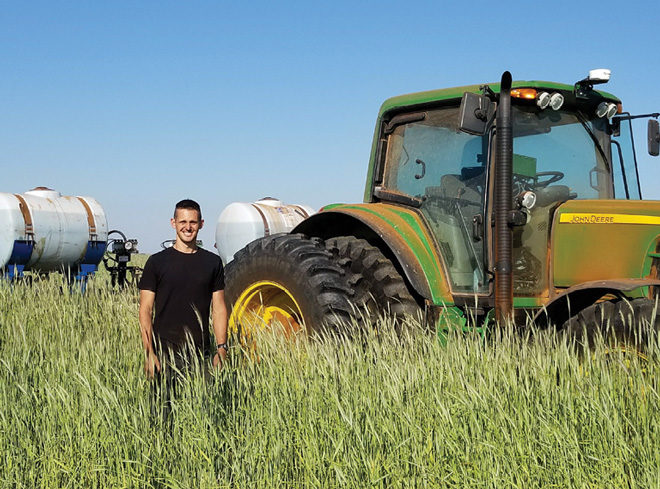No-Till Farmer
Get full access NOW to the most comprehensive, powerful and easy-to-use online resource for no-tillage practices. Just one good idea will pay for your subscription hundreds of times over.

Josh Payne remembers the day he decided to switch from conventional tillage to no-tilling. The young farmer and his grandfather Charlie were in a shed one day in May 2013 on Charlie Payne’s farm near Concordia, Mo., working on machinery.
“A big thunderstorm came up and dumped 4 inches of rain on us in half an hour,” Josh recalls. “We watched from the shed as water broke over the top of terraces and tore downhill, taking soil and fertilizer with it. Grandpa said these rainstorms just keep coming harder and harder and that we were going to have to do something else to control that runoff.
“That gave me the green light to go out and research what we could change to farm differently,” he says.
Part of his challenge were variable spring weather patterns that could leave the land too wet to plant on a timely basis. On the other hand, average rainfalls approaching 39 inches and high temperatures in July and August of about 90 F offered potential for very good corn and soybean yields on this rolling farmland 60 miles east of Kansas City.
A big change in the operation came after Josh attended the 2014 National No-Tillage Conference in Springfield, Ill.
“I…